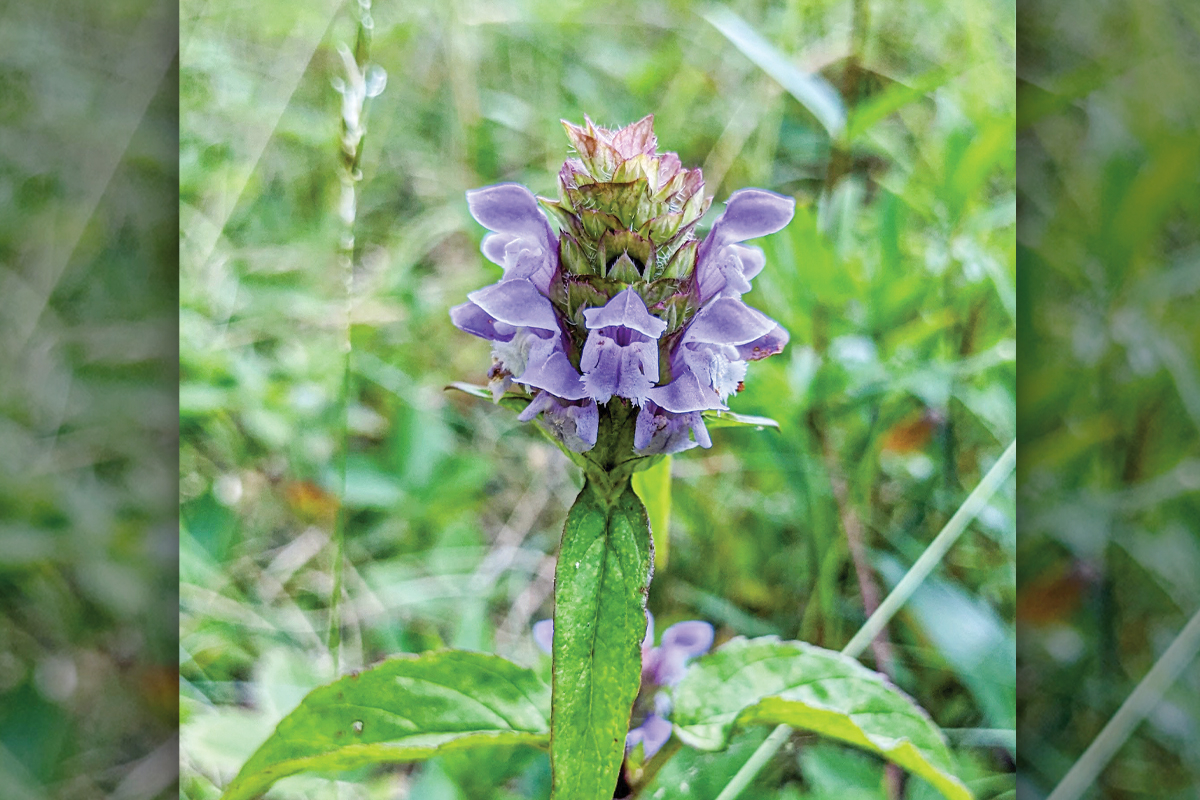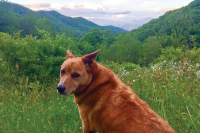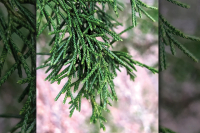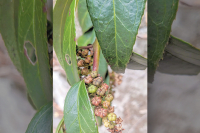Notes from a plant nerd: Heal all of yourself
 The Prunella vulgars is a member of the mint family and has medicinal benefits. Adam Bigelow photo
The Prunella vulgars is a member of the mint family and has medicinal benefits. Adam Bigelow photo
There are a few native plants whose names I call out loud like a prayer whenever I see them. This is especially true since the crazy times of the global pandemic and resulting shutdown. One of those is the whorled loosestrife (Lysimachia quadrifolia) whose name I slowly pronounce out loud as a benediction, “world, lose strife.” And I mean it.
Another plant that invokes deep reverence and awe when I see its beautiful flowers — when I use its medicine as a tea and especially when I say its name aloud is Prunella vulgaris — commonly known as self-heal or heal-all.
Self-heal. I’ve certainly been through many challenges in my personal life that created scars that could use some healing. There are both physical and emotional wounds whose effects linger and bring me reminders of past joys and past mistakes. I am constantly working to help heal those many old and current wounds.
Heal-all. We need it for the intense times we are living in from the many wars, political challenges and upheavals, and most especially from the environmental harms that our modern way of life continues to unleash and compound the many ecological wounds. Both our modern culture and the many diverse people living in it need healing that can only come once we first stop the harm. And healing will come as that is what nature does. She heals, eventually.
When I first started studying plants so long ago, there were a few that we were taught as having been introduced from Europe or Asia that it turns out are also native to North America. This includes entire species like yarrow (Achillea millifolium) or European species like broad-leaved plantain (Plantago major) that are actually less common than the native look-alike, the blackseed plantain (Plantago rugelli) whose leaf stalk, or petiole is red in color, as opposed to the green petiole of the exotic plantain.
Heal-all is another of those plants that upon further scientific study has been shown to have a European version and one that is native to North America. While there is continued study going on, these two varieties have been generally agreed upon to be distinct. The European self-heal is Prunella vulgaris var. vulgaris, and the native one is Prunella vulgaris var. lanceolata.
Related Items
The flowers of both varieties look similar and are not distinctive enough to tell apart from floral characteristics alone. They are blueish-purple flowers with white fringes on the lower petals that grow from dense buds with many florets (little flowers) in a cluster, often with multiple flowers in bloom at once.
The flower type, leaf arrangement and stem shape give this plant away as a member of the mint family (Lamiaceae) even as it does not produce a strong scent from the leaves or flowers, making this a non-aromatic mint. Mints all have opposite leaf arrangement, which means that where a leaf emerges from the stem there will be another leaf at the exact same point on the other side of the stem. Mint family plants also have a square stem with four equal sides. And the flowers are usually in the shape of a hood with a lower lip, as can be seen in the accompanying photo of heal-all.
According to the Plants For a Future database (pfaf.org) self-heal has a long history of use for a variety of ailments and as a general health tonic. Heal-all is useful to help treat wounds, ulcers and sores externally. Internally it is used to help heal mouth sores, diarrhea, and fever. The entire plant is a powerful antibacterial and antibiotic medicine and can be used either fresh or dried.
I encourage you to look for healing in many different forms and to look around you as you travel the woods and open verges for heal-all blooming its full summer beauty. And when it comes to melancholy and anxiety, often a nice and gentle walk in the woods looking for flowers is just the prescription you need. Cures what ails you.
(Adam Bigelow leads weekly wildflower walks most Fridays and offers consultations and private group tours through Bigelow’s Botanical Excursions. This email address is being protected from spambots. You need JavaScript enabled to view it..)













